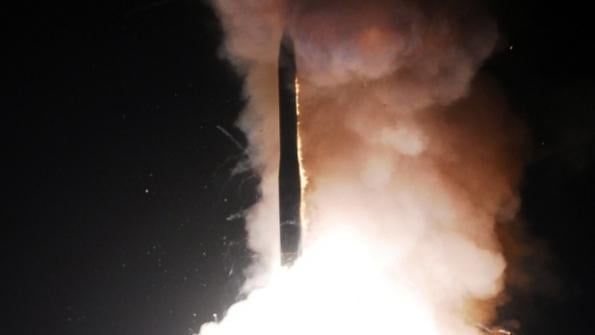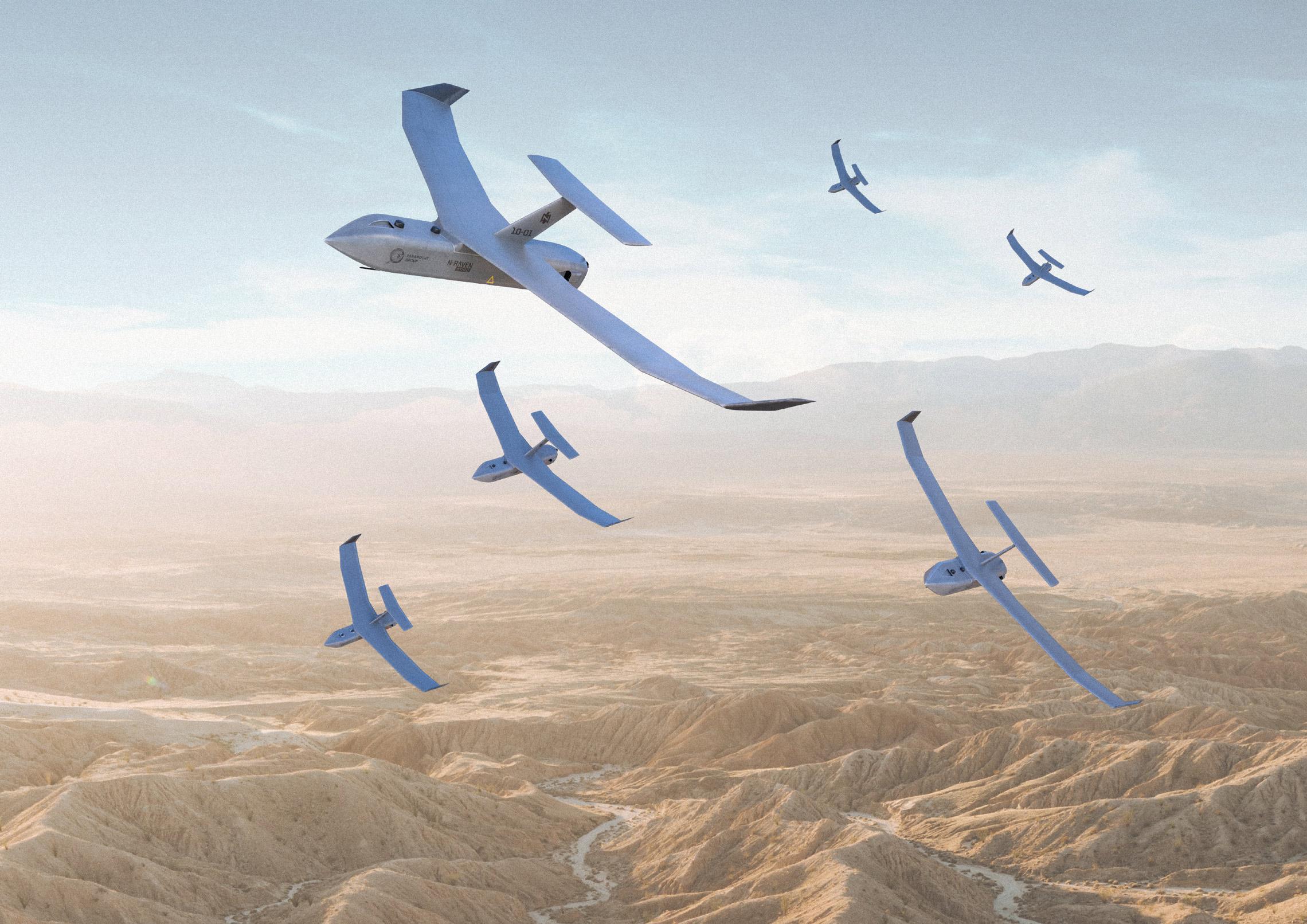Aerospace & Defense Roundup: Feb. 23
February 24, 2021
Russia Schedules Three Angara Launches In 2021
Russia intends to accelerate launch trials for its new Angara rockets. “We are planning one launch of the heavy Angara [A5] and two launches of the light Angara [1.2] for this year,” the head of Roscosmos Dmitry Rogozin announced during a Feb. 20 meeting with President Vladimir Putin. Credit: Roscosmos

Norwegian Helicopters To Be Monitored By Space-Based ADS-B
Aireon’s space-based Automatic Dependent Surveillance-Broadcast (ADS-B) system is to be used to monitor helicopter operations off Norway’s coastline. Norwegian air navigation service provider Avinor has selected Aireon’s system to monitor helicopter traffic in the Bodo Oceanic Flight Information Region (FIR). The area spans most of Norway’s coastline up to the Barents Sea bordering Russian airspace and what Aireon describes as “adjacent relevant airspace.” Credit: Aerion

UK Royal Navy To Adopt Saab Remote Tower Technology
The UK Royal Navy is to use Saab’s remote air traffic control tower technology to manage a remote satellite airfield in Cornwall. The Navy wants to install the remote tower at Predannack airfield and manage the facility from its air station at Culdrose, 5 nm away. This would be the first UK defense use of the remote tower technology. Credit: Saab

Redwire Space Rollup Company Acquires Deployable Space Systems
Redwire, a busy private equity funded space rollup, announced Feb. 23 it had acquired Deployable Space Systems (DSS), a provider of deployable solar arrays, structures and mechanisms for space applications. Credit: DSS

Blue Origin Nears Completion Of New Glenn Launch Pad
The buildup of Launch Complex 36 (LC36) at Cape Canaveral Space Force Station for Blue Origin’s upcoming New Glenn reusable orbital booster is nearing completion, Scott Henderson, vice president of test and flight operations, said Feb. 23. A target date for New Glenn’s debut launch is expected to be announced this week, Henderson said during a panel discussion at the annual Spaceport Summit (formerly Space Congress), taking plae virtually through Feb. 25. Credit: Blue Origin

Mars Nuclear Propulsion Challenging But Doable, Study Says
A yearlong study by the National Academies of Sciences, Engineering and Medicine (NASEM) stresses an urgency for assessing two nuclear propulsion options if the U.S. is to lead a multiyear human expedition to Mars in the late 2030s. The study was co-chaired by Robert Braun, director for planetary science at NASA’s Jet Propulsion Laboratory, and Roger Myers, a veteran aerospace consultant and Aerojet Rocketdyne retiree. They joined Feb. 22 for a NASEM-sponsored webinar to elaborate on the 106-page report, “Space Nuclear Propulsion for Human Exploration of Mars.” It was released Feb. 12 and prepared at NASA’s request. Credit: NASA

Credit: USAF
Minuteman ICBM launch.

Paramount Group Launches N-Raven UAS Development
Credit: Paramount Group
N-Raven swarming loitering munitions.

Valve Issue Delays SLS Core Stage 'Hot Fire'
NASA has delayed the planned Feb. 25 full-duration hot fire of the Space Launch System (SLS) core stage due to a faulty valve in the system that supplies liquid oxygen to one of the vehicle’s four Aerojet Rocketdyne RS-25 engines. The hot fire, slated to last 4-8 min., will complete an eight-part Green Run integrated test series at NASA’s Stennis Space Center near Bay St. Louis, Mississippi. Credit: Robert Markowitz/NASA

Scottish Communities Benefitting From Medical Drone Network
A trial to use cargo drones to carry medical supplies and samples in western Scotland has been extended and expanded. Drone operator Skyports has been running regular drone services amid the pandemic between medical centers on the Isle of Mull and hospitals on the Scottish mainland since mid-February, transforming a logistics chain that had been reliant on road and ferry transport. Credit: Skyports

Avio Fine-Tunes Light Launcher Transition Plan To Vega C
After delays due to a launch failure and the COVID-19 crisis, Avio is proceeding with the development of an upgraded version of its light launcher, Vega C, planning on a three-year transition over 2021-24. Vega C’s first launch is scheduled for an unspecified date this year. It will take place from Europe’s spaceport in Kourou, French Guiana, where Arianespace has been operating Vega since 2012. Credit: ESA / CNES / Arianespace - Optique video du CSG / S. Martin
Mars nuclear propulsion challenging but doable, Paramount Group launches N-Raven UAS development, UK Royal Navy to adopt Saab remote tower technology and more. A roundup of aerospace, space and defense news powered by Aviation Week Intelligence Network (AWIN).
AWIN members can log in to view the full-length articles and analysis.